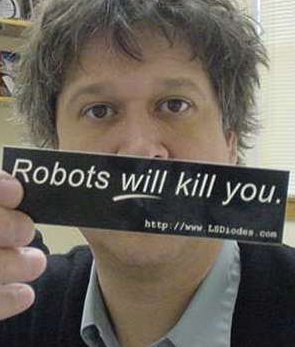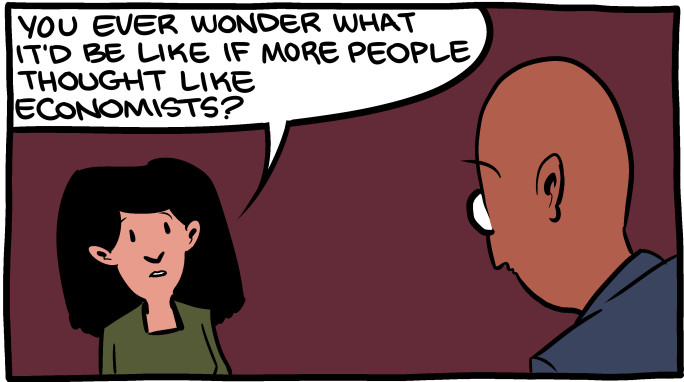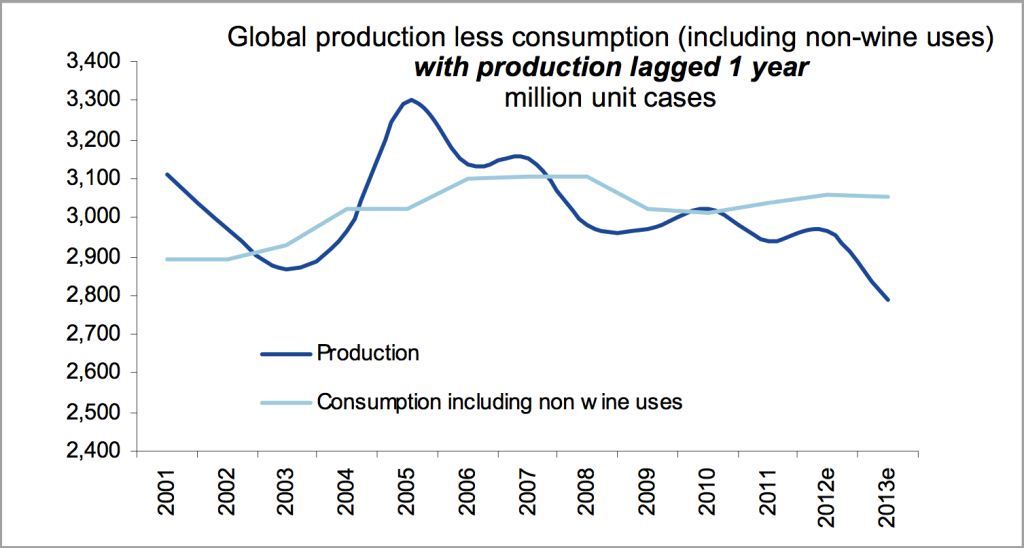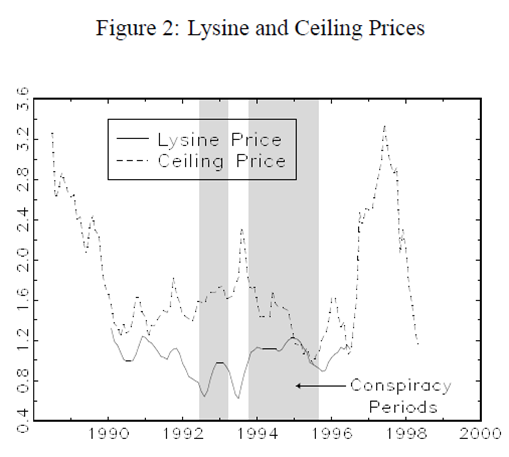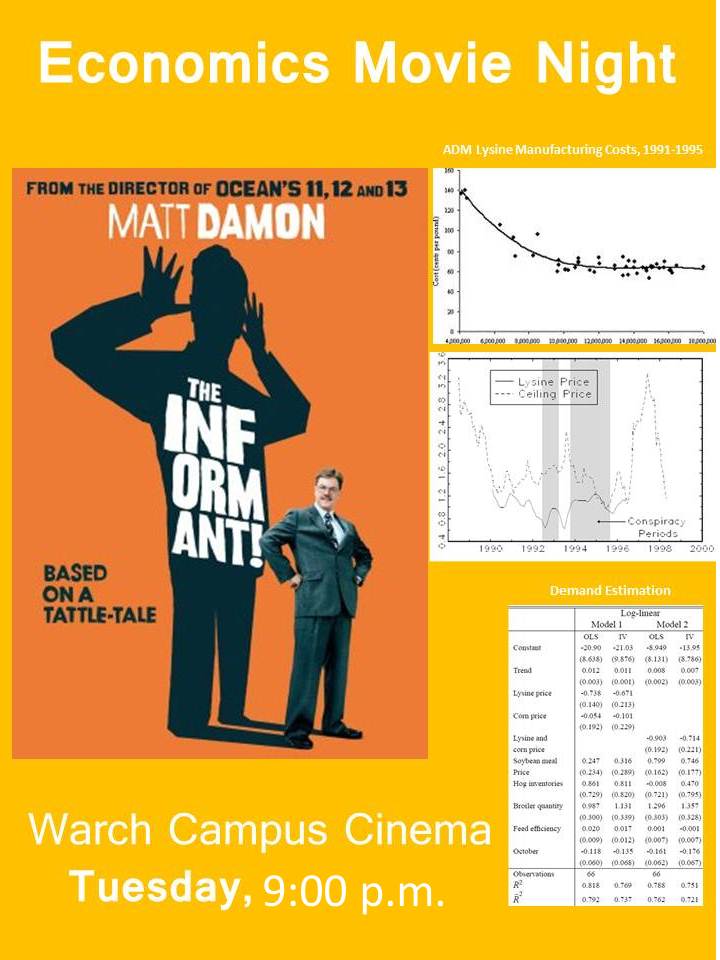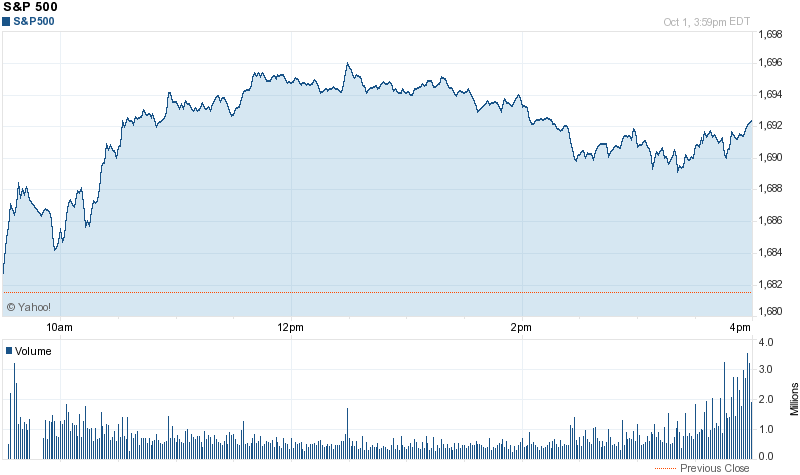Our schedule of economics and policy talks coming over the next two terms is coming together nicely. We have these three events in the books, and have a couple of other speakers in the works.
Jeffrey J. Shook, Associate Professor at the University of Pittsburgh, January 16, 2014 (Time TBA) “From Roper to Miller: Legal and Policy Implications of Recent Supreme Court Decisions on the Punishment of Juveniles.” This is co-sponsored by Lawrence Scholars in Law.
Travis Andersen, President of St. Elizabeth Hospital, February 20, 4:30 p.m. Mr. Andersen will address how hospitals and doctors get paid.
Alexander Field, Professor at Santa Clara University, will give the Phi Beta Kappa Lecture on his book, A Great Leap Forward: 1930s Depression and US Economic Growth. May 15, 2014. This is part of the Senior Experience for many economics majors. More on Field’s work here.
Arnold Shober in Government has also agreed in principle to give a talk on his current project and the data “scraping” methods he’s been employing.
And for those of you who missed it, or who just can’t get enough, Paul Fischbeck’s talk, “Quantitative Policy Analysis: Risk Analysis and Risk Communications from Cape Cod to Nairobi,” is now available. Click here to see his excellent presentation.
